The low-down: Altitude Training Talk with Dr Philo Saunders
Runner’s Tribe took the opportunity to quiz AIS senior physiologist, leading Canberra-based coach and 3:41 1500m man Philo Saunders all about the use of high altitude training systems. Philo has experience with such matters, undertaking research into altitude training, more specifically ‘using simulated or terrestrial altitude to improve seal level performance’. Philo not only has a wealth of research knowledge but also a long career of real world elite running experience and first-hand knowledge
 Interview by Sam Burke – Runner’s Tribe
Interview by Sam Burke – Runner’s Tribe
RT: Philo, good to have you back on RT. Let’s start by giving a rundown on some of the research you have been involved in over the years with specific regards to altitude training for middle and long distance runners?
PS: I have been doing altitude research since 2001 when I started my PhD at the AIS and have researched various types of altitude exposure across multiple sports every year since then. With the research specific to middle distance running I have been a researcher, subject training at altitude and coach as well.
Initially, I did a lot of research using the altitude house at the AIS where we used the live high train low (LHTL) approach. We did various studies that used different altitude levels, length of time at altitude and number of days using LHTL. This research led us to recommendations of optimal LHTL exposure to be 3-4 weeks of more than 12 hours per day at an altitude of 3000m (higher than natural altitude because all exposure is passive).
I have also been involved with a lot of research using natural live high train high altitude. Initially most of this research was using domestic altitude venues in Australia in the lead into competition season and results from this research as led me to come to Perisher each year with my athletes which I think gives a big boost to the athletes leading into competition.
With my role as an AIS Physiologist, I have had the opportunity to travel to many altitude venues internationally in Spain, France, Japan, Mexico, China and the USA. With all these camps at altitudes varying between 1800-2700m. I have always trained while at these camps and have learned a lot on how training is affected and how to modify sessions accordingly. Over the last 4 years I have been to Flagstaff, USA where we have done a series of research (with PhD scholar Avish Sharma) on distance runners. This research has looked at physiological and performance responses to training in Flagstaff (2100m) but also methodically quantified training load at altitude and how this relates to performance responses. This research has given specific information into how to prepare for an altitude training camp, what type of training to do at altitude and how to taper for races while at altitude.
RT: I know over the years you have spent a lot of time at places like Perisher, Falls Creek and other alpine environments. Do you think a 2 week camp at such places actually has a physiological effect on an athlete’s body?
PS: I have been to Falls Creek around 5 times and have been to Perisher 1-2 times per year for the past 15 years (I am actually sitting in the lodge in Perisher as I am doing this interview). We have measured red blood cell production (haemoglobin mass) and tracked performance a number of times and 2 weeks is definitely worthwhile to get an increase in haemoglobin mass and performance improvements. Back in the early 2000s we did 2-4
short camps of 6-10 days and got very good performance results from this.
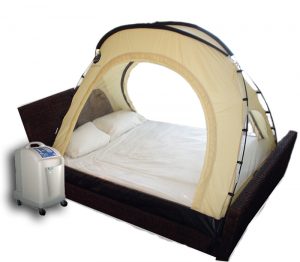
“I don’t think that you can be competitive in middle and long distance running without using altitude training”.
Thoughts?
PS: I think the technology of altitude tents has come a long way and they can be an effective form of altitude training if used correctly. I don’t think they are quite as good as
an altitude house, mainly because it is much harder to get >12 hours per day and they can be a bit harder to sleep in. With regard to the quote, I agree that altitude training is a critical method to improve performance in elite distance runners. To follow up on this I think that elite athletes should use altitude as part of their annual plan and used 1-3 times every year. We have shown that the cumulative response to altitude is more beneficial than isolated use and it seems that the more often you go to altitude the better you can train at altitude leading to better performance.
RT: What about intermittent hypoxic training? My understanding about this is that it involves breathing in very hypoxic air for 60-90 minutes intermittently (ie 5mins on 5mins off seems to be the norm) every day for about a month at a time. In theory the exposure to such low oxygen concentrations stimulates the body to produce more EPO/Red blood cells than breathing higher oxygen concentrations found in tents or at training locations such as Falls Creek?
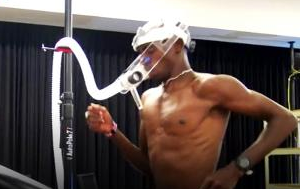
PS: I have been involved with quite a few studies using intermittent hypoxic training (IHT) and there has been no evidence to suggest this is worth pursuing. It is all about the amount of time spent at altitude and not just the specific dose of altitude. There is a specific transcriptional factor known as Hypoxic Inducible Factor (HIF) which is responsible for driving most of the responses when exposed to altitude. HIF is only activated while at altitude so by using very short exposure times using IHT is insufficient to keep HIF active for long enough to make new proteins.
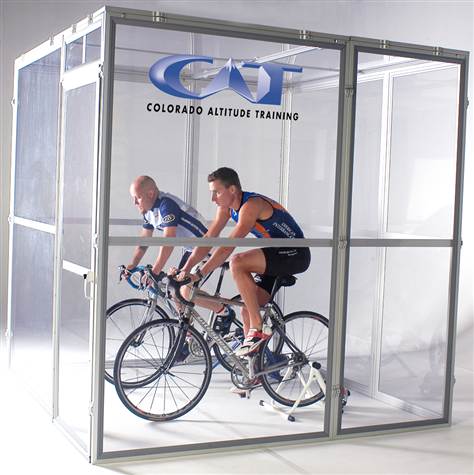
RT: The debate over whether ‘live high, train low’ or ‘live low, train high’ is preferable – I mean this is enough to confuse the hell out of most normal folk?
PS: I have seen enough evidence that both LHTL and LHTH done well will both produce physiological responses that can improve performance. It usually comes down to person preference, cost, availability, ability to travel as to which method people use.
After doing both methods a number of times and seeing other athletes do both, it is my belief that natural LHTL altitude training at an altitude just over of just under 2000m is the best. Of the venues I have been to Flagstaff in the USA is the best location I have been to for distance runners and is my preference to take athletes when I have the choice.
RT: I’ve noticed in Sydney there are some companies now who offer the ability to ‘live low, train high’ via the use of altitude chambers. The idea is you do a few sessions per week inside their chambers. Is this really enough to achieve anything other than ravaging the wallet?
PS:The answer to this is similar to the IHT question earlier, as the time at altitude is just not enough to drive responses from altitude. However, LLTH altitude exposure does has some merit in my view. Firstly, it can be used as a method to get a higher metabolic response to training at any given speed. An example of how I have used this in the past is with a runner with a stress reaction, I got them to do interval cycling at altitude to maximise anaerobic tolerance and keep conditioning while unable to run. In this example the runner ran a PB for 1500m despite not being able to run for 3 weeks.
Another way we have seen training in an altitude chamber being effective is when combined with a LHTL camp to get extra adaptations from training at altitude while already spending >12 hours per day at altitude.

RT: Out of all the Olympians you have met over the years. Would you say the majority of these have used altitude training to a significant degree?
PS: Yes without question.
RT: So let’s say you’ve got a young star with Olympic potential who comes to your for help. He/she somehow has the money to buy either a tent, an intermittnet hypoxic machine, or to spend a few months per year at altitude training. What is your advice?
PS: Go to natural altitude (1800-2200m) 2-3 a year for at least 3 weeks and one camp being 4-5 weeks.
RT: Philo thanks for coming on board RT again mate, always great to have you.


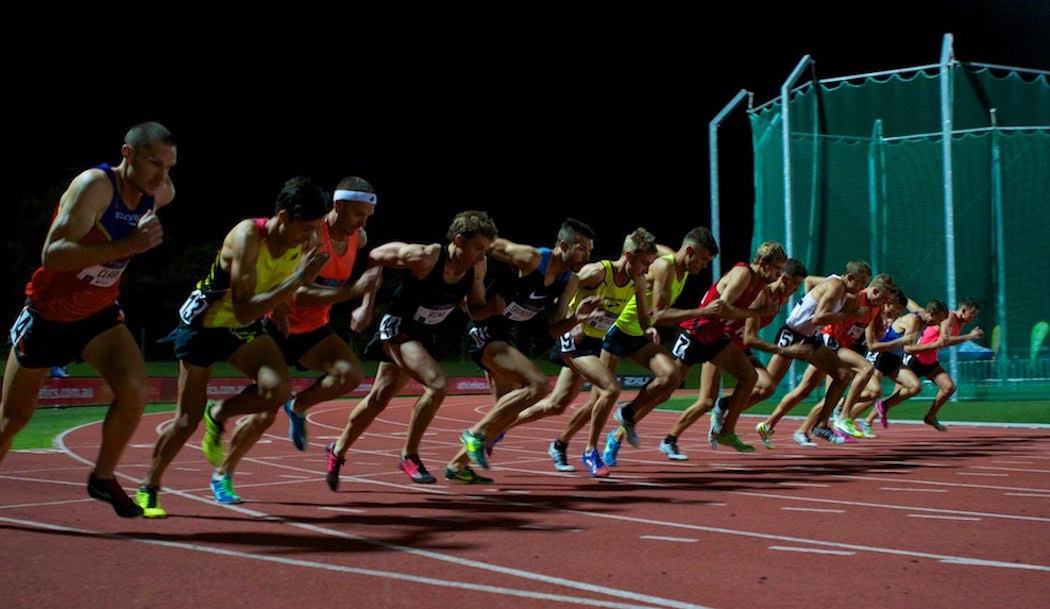

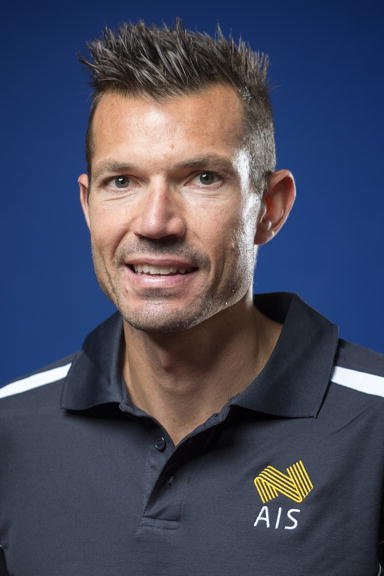 Interview by Sam Burke – Runner’s Tribe
Interview by Sam Burke – Runner’s Tribe











